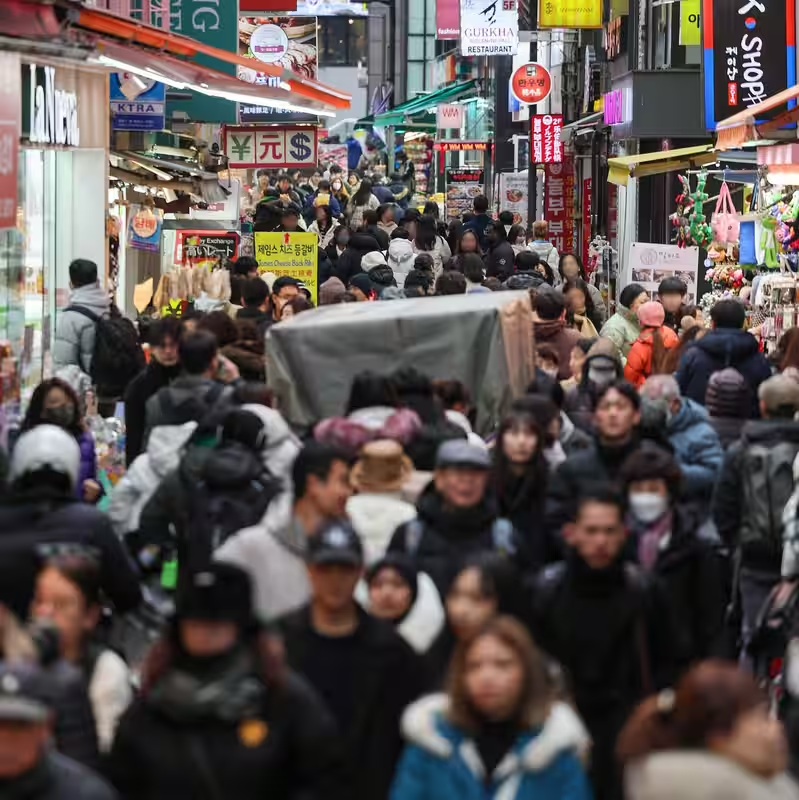Seoul, South Korea – With Chinese President Xi Jinping’s state visit just days away, South Korean authorities are scrambling to contain a wave of anti-China protests led by far-right groups—a volatile issue that threatens to upend delicate diplomatic plans involving both Xi and former U.S. President Donald Trump.
Why Anti-China Protests Are Surging
The anti-China protests in Seoul have intensified in recent weeks, fueled by the government’s decision to ease visa requirements for Chinese tourist groups. Hundreds of demonstrators—many linked to far-right and nationalist movements—have gathered in busy districts like Myeongdong, waving signs that read “Korea for Koreans” and “Stop the Chinese Boats,” while some have hurled racial slurs, according to local media .
These rallies are not just about tourism. Analysts say they’ve become a catchall for broader right-wing grievances, including demands for the reinstatement of impeached former President Yoon Suk Yeol, conspiracy theories about Chinese election interference, and even tributes to slain U.S. conservative activist Charlie Kirk.
Diplomatic Tightrope for President Lee
South Korean President Lee Jae Myung faces a high-stakes balancing act. On one hand, he must uphold the country’s vibrant protest culture and freedom of speech. On the other, unchecked demonstrations could embarrass Seoul on the global stage during the upcoming Asia-Pacific Economic Cooperation (APEC) summit, where both Xi and Trump are expected to attend—and potentially meet.
“Self-destructive conduct that damages the national interest and image,” President Lee called the protests, urging restraint . His Democratic Party has even proposed new legislation to ban rallies promoting hate or discrimination—though it faces fierce opposition from conservatives who warn it could stifle legitimate dissent.
Tourists Caught in the Crossfire
The tension has spilled over into daily life for visitors. Taiwanese tour guide Lin Yung-pin now advises his clients to wear badges identifying them as from Taiwan—not China—to avoid harassment. “If they get mistaken as Chinese and harassed, they can show it and they’ll be left alone,” he said .
Ironically, many Chinese tourists report warm welcomes. Brian Lu, a 23-year-old livestreamer from Guizhou, said his experience in Seoul defied online narratives: “The people here smile a lot… they’re very polite.”
Historical Tensions and New Flashpoints
Anti-China sentiment in South Korea isn’t new. Relations plummeted in 2016 after Seoul agreed to host the U.S. THAAD missile defense system, prompting Beijing to retaliate with economic sanctions. Though ties have since stabilized, public distrust—especially among younger South Koreans—has grown steadily.
The current protests appear to blend genuine economic anxieties with imported far-right rhetoric, echoing movements like “Stop the Steal” in the U.S. Social media influencers who once rallied behind Yoon have pivoted to anti-Beijing messaging, alleging—without evidence—that China manipulates South Korean politics.
Government and Embassy Responses
Both Seoul and Beijing are downplaying the unrest. The Chinese Embassy in Seoul issued a travel advisory warning citizens about “certain far-right groups” but emphasized that most South Koreans remain welcoming to Chinese visitors .
Meanwhile, South Korean police have increased patrols in protest-prone areas and are coordinating with intelligence agencies to prevent disruptions during Xi’s visit. A heavy security presence is expected around hotels, diplomatic zones, and major thoroughfares.
What’s at Stake
Beyond optics, the situation tests South Korea’s ability to manage its dual alliances—with the U.S. and China—amid rising global polarization. How President Lee handles the anti-China protests could shape not only his domestic standing but also Seoul’s role as a neutral host in an increasingly divided geopolitical landscape.
Sources
The New York Times – South Korea Tries to Curb Anti-China Protests Ahead of Xi Visit
Asia Society – Center on U.S.-China Relations




